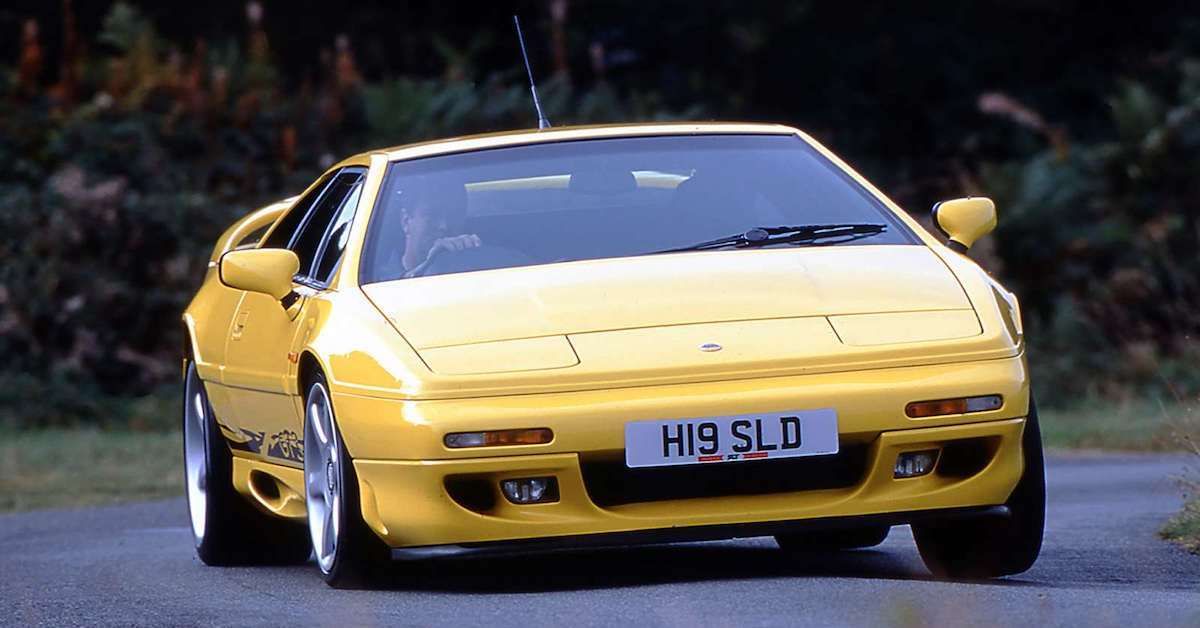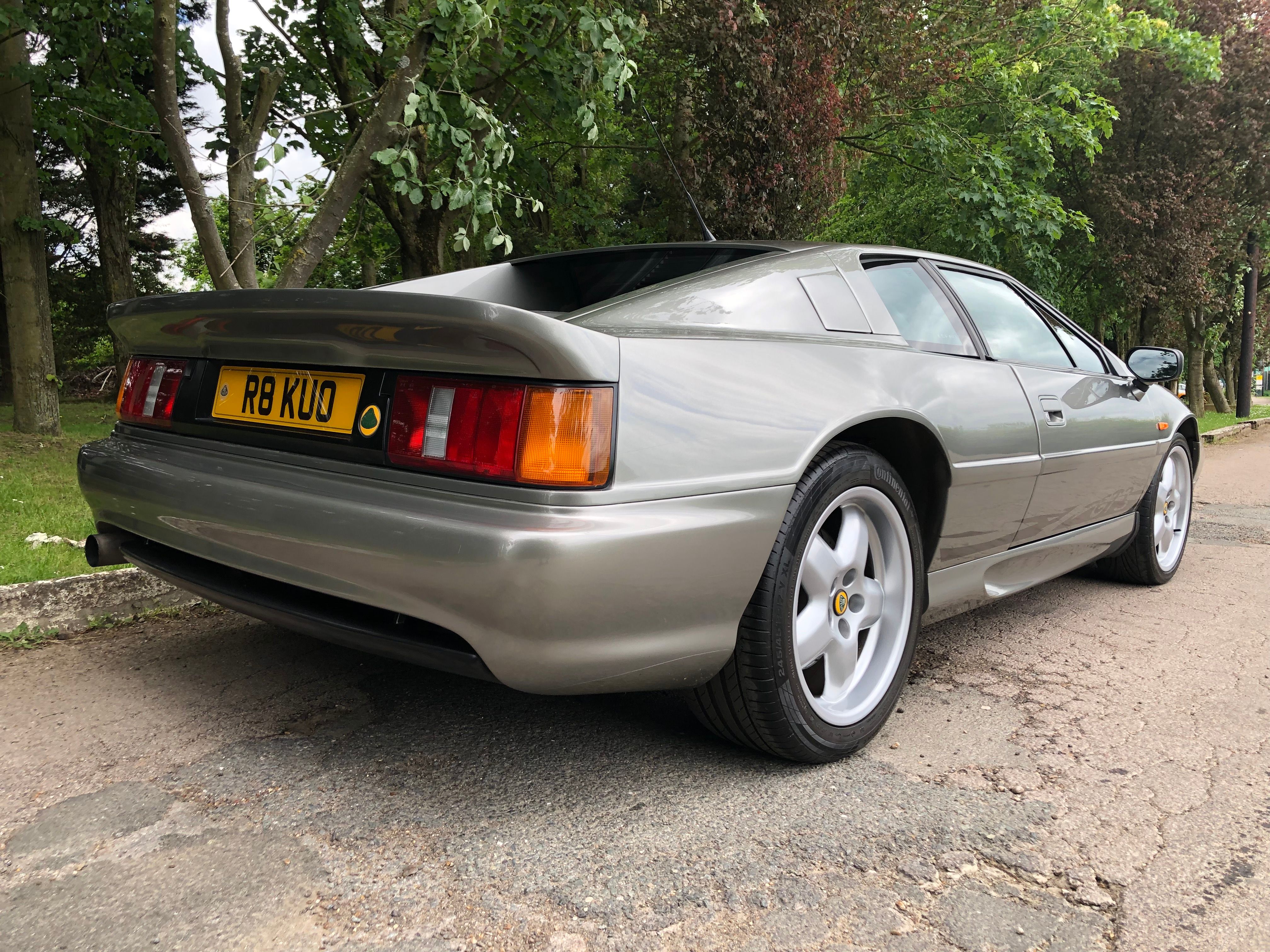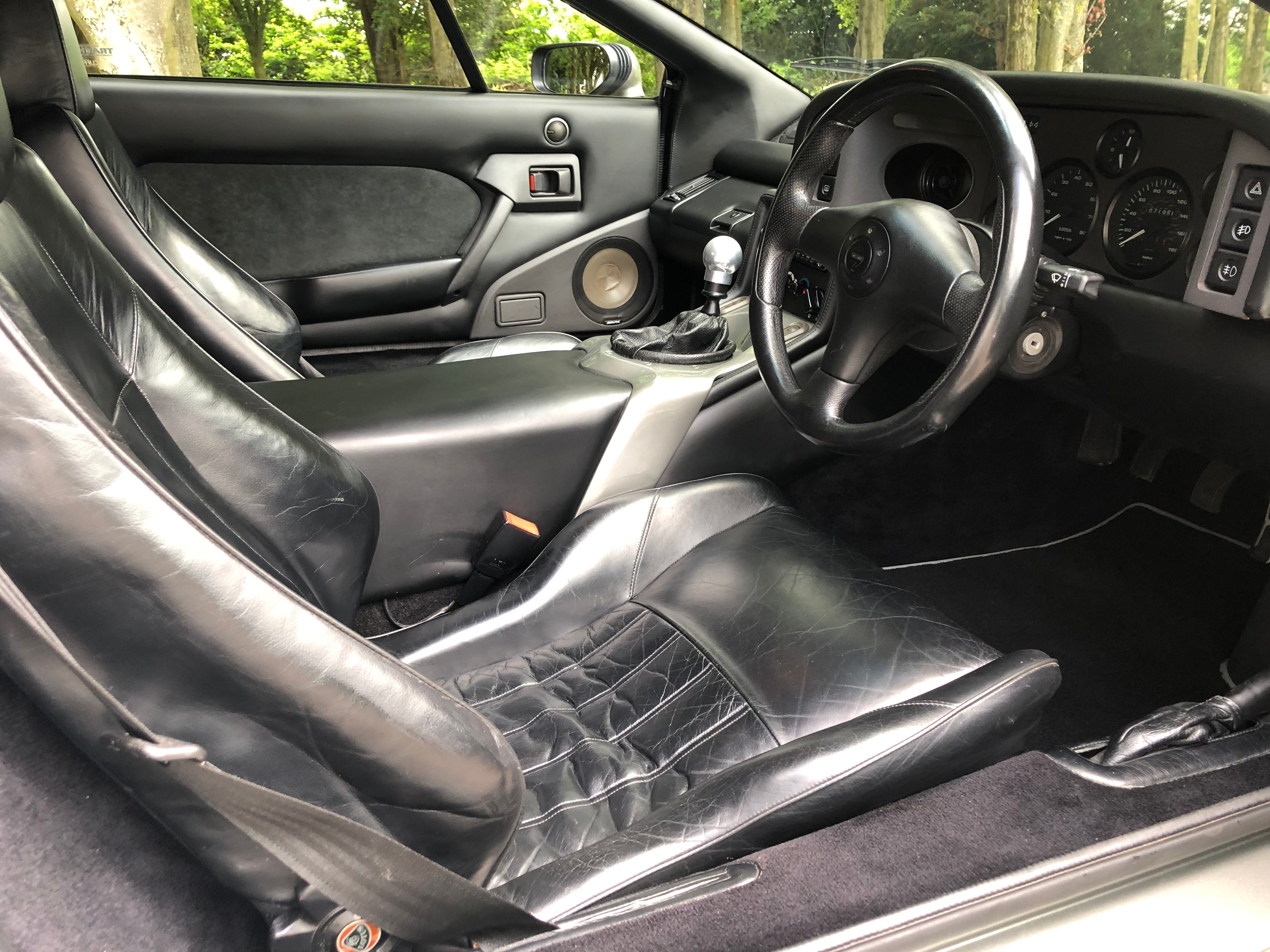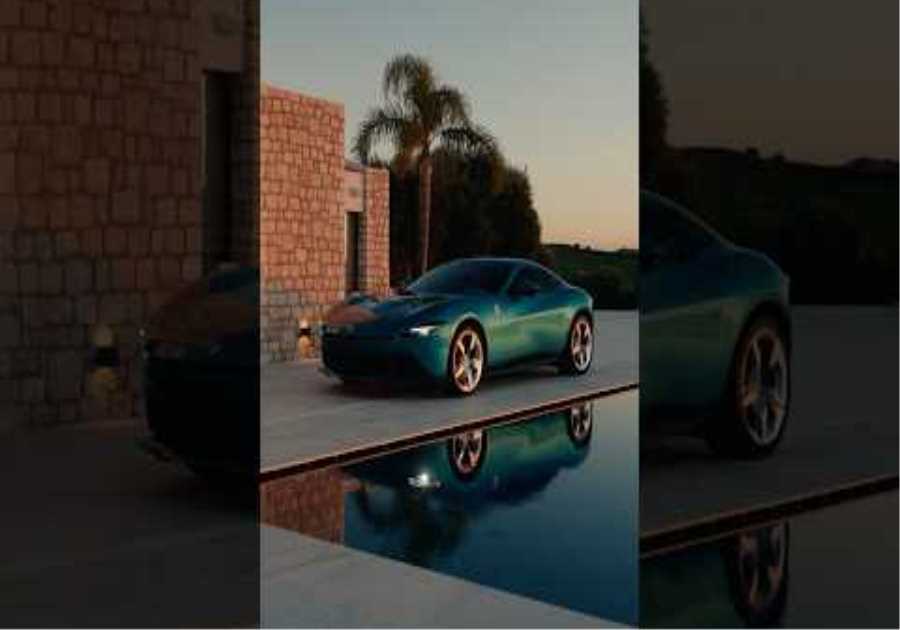
Famous for its fiberglass body, mid-engine, and two-seats, the Lotus Esprit dominated the market for 28 years. Not to mention, the car has four generations, which were all popular.
One of the best cars that lotus made during that time was the Esprit S4. It’s a tiny, unique car that comes with a four-cylinder turbo engine. The car was so popular that it featured in a James Bond movie. The Espirit GT3 got its design from this vehicle, but Lotus made some changes with the GT3.
The GT3 had a new 2-liter (type 920) 237 hp engine. It had no back pressure valve or throttle jack, and there was no tailgate mounted on the aerofoil. The GT3 comes with a swiss type rear transom spoiler lip and a single fuel filler on the LH side.
Other features include sport 300-type seats with backs painted body color, a cloth/vinyl interior trim, senotex instrument masks, and a body-color composite gear lever shroud.
However, there are other unique features that made this vehicle famous. Let’s find out what made the 1997 Lotus Esprit GT3 a 90s icon.
A Brief History Of The Lotus Esprit

The Lotus Esprit is a British sports automobile produced by Lotus Cars between 1976 and 2004 at their Hethel factory in England. Throughout its 28-year history, there have been many variations of the Lotus Esprit, but you can group them into two design groups.
The Giugiaro Esprit is the first category; it’s named after the original Italian designer of the car, Giorgetto Giugiaro. The best way to identify those cars is if Lotus built the vehicle before 1988, then it is a Giugiaro Esprit. The Giugiaro Esprit has sharp angles and a wedge shape.
Lotus made the second category of the Lotus in 1988; Peter Stevens, who is also famous for designing the McLaren F1 supercar, created this category. He cushioned the crisp edges of the Esprit. And the car had more of a modern look and a handsome design perspective.
Lotus built the Esprit completely by hand. The Esprit production started in 1976 and ended in 2004. There were just 21 individuals on the other end of the line. The assembly of each automobile required around 584 person-hours.
The automobile would take a week to construct with that many people working on it completely. Every workday, one car rolled off the production line. Lotus would have a driver to test the vehicle on the test track and inspect and adjust the car after the test drive. They would then take the vehicle for another test drive to ensure everything was in working order.
The Braking System On The GT3 Was One Of The Reasons Why It Was Cool
The early GT3 cars came with the Delco ABS Braking system. This component had limited stock because it was only enough to build the initially planned build quantity of GT3s.
The 1997 GT3 was a bigger hit than expected, and Lotus produced extra brake systems as a result. They began employing the new Kelsey Hayes ABS braking system built specifically for the V8. This technology is based on Lotus’s traditional vacuum brake servo for the V8 vacuum levels.
Because the vacuum characteristics of the four-cylinder engine are different, it was simpler to maintain the same brake components and create the vacuum in a different method, using an existing electric pump. This upgrade occurred in 1997, and Lotus built the remaining GT3s to accommodate it.
The Performance Of The GT3 Was Another Factor That Made It Really Amazing

The Esprit GT3 is truly a Lotus Icon. The handling and styling are great, and it comes with a unique 2.0-liter form of the 4-cylinder Lotus turbocharged engine.
This highly tuned engine develops 240 horsepower at 6250 rpm, allowing the vehicle to put more costly supercars to disgrace in terms of performance. The automobile can accelerate from 0 to 60 mph in 5.1 seconds and from 0 to 100 mph in 12.9 seconds before reaching a peak speed of 163.5 mph.
The Kelsey Hayes ABS braking system enhances stopping performance and increases vehicle stability in extreme conditions while maintaining a progressive feel. Lotus upgraded the center console with primary and secondary controls, including new electric window switches that the driver can reach easily.
The GT3 Design & Safety Features Were Just As Good

The exterior appearance of the GT3 resembles the older versions of the Esprit. The GT3 does not use added wings, so the aerodynamic downforce at the rear has been achieved with just an extended lip on the rear bodywork.
Lotus created a new wiper that includes a redesigned wiper arm and blade. This redesigned wiper system enhances screen cleaning with a larger sweep area and quieter operation. A more powerful pump and a bigger reservoir are also used in the windshield wash system.
The Lotus Esprit GT3 was available in standard European markets, in both left-hand and right-hand drive, and with a wide choice of customization options.
Did you miss our previous article...
https://formulaone.news/mclaren/excitement-guaranteed-with-worldclass-support-lineup-at-2022-totalenergies-24-hours-of-spa






